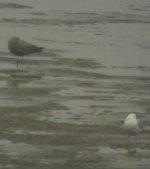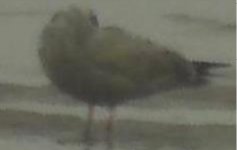Ian Woosey
Active member
After reading of these sightings over the last week or so I called in and asked a warden where they had been seen..........she looked at me as though I was mad and told me she had not heard of such sightings???
All the recent sightings of Woodcocks (I saw 4 on the 30th Jan) are of birds seen at dusk leaving their roosting areas to feed. If you stand at the Tower Hide as the light is fading (now at about 5:30ish) you will see them flying by, some at close quarters. Note that at this time you have to leave the reserve via the turnstile, and you should not have parked in the carpark or you will be locked in !
For further details and most recent sightings from Risley Moss see the "Cheshire & Wirral" thread on the Greater Manchester Birding forum.





